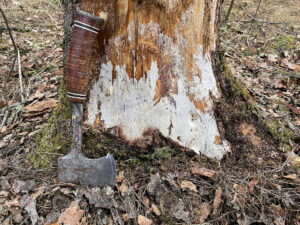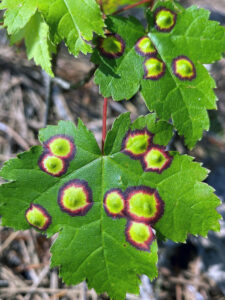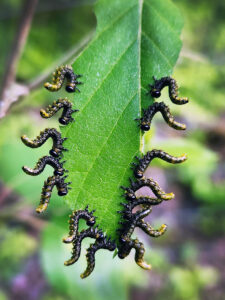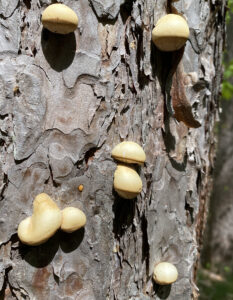By Olivia Witthun, DNR Urban Forestry Coordinator; Olivia.Witthun@wisconsin.gov or 414-750-8744
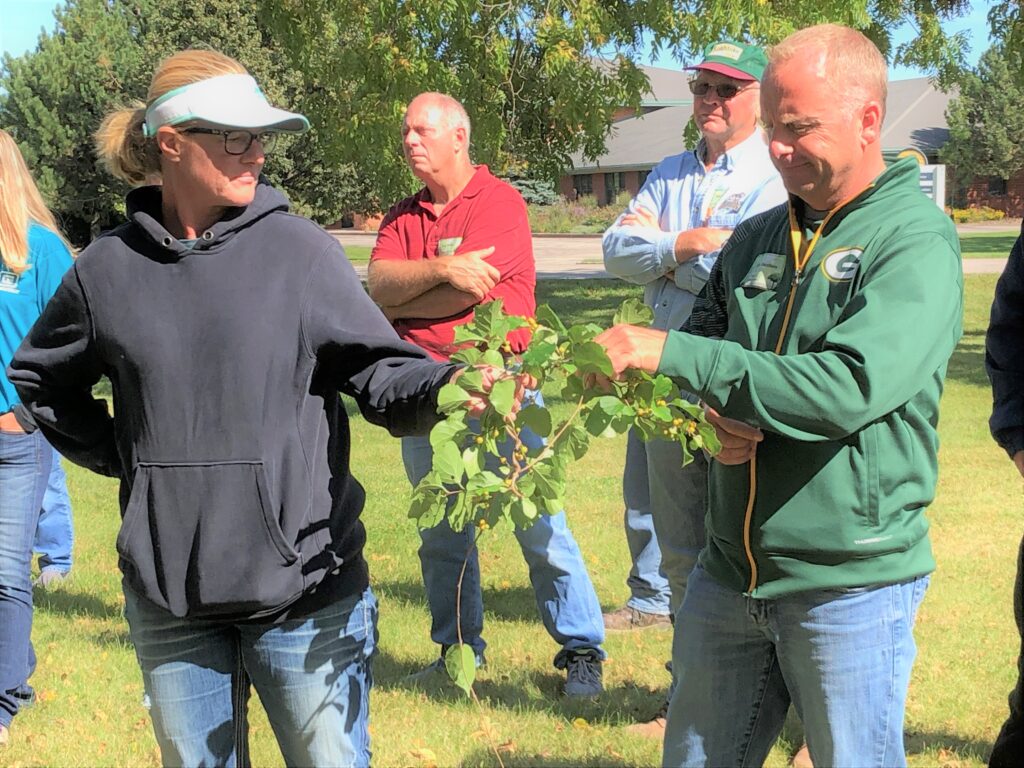 The Wisconsin Department of Natural Resources is partnering with the UW-Madison Division of Extension to host a series of fall workshops on invasive species plant identification and management. Learn about invasive plants in urban settings, focusing on identification, impacts, management and available resources. Dr. Mark Renz (professor and Extension specialist with UW-Madison) will lead the instruction, with Travis Wilson, Matt Wallrath and John Zabrosky assisting. Each workshop will include morning classroom instruction followed by hands-on field demonstrations in the afternoon. The cost of the workshop is $40 and includes lunch. Continue reading “Invasive Species – Fall Workshops”
The Wisconsin Department of Natural Resources is partnering with the UW-Madison Division of Extension to host a series of fall workshops on invasive species plant identification and management. Learn about invasive plants in urban settings, focusing on identification, impacts, management and available resources. Dr. Mark Renz (professor and Extension specialist with UW-Madison) will lead the instruction, with Travis Wilson, Matt Wallrath and John Zabrosky assisting. Each workshop will include morning classroom instruction followed by hands-on field demonstrations in the afternoon. The cost of the workshop is $40 and includes lunch. Continue reading “Invasive Species – Fall Workshops”

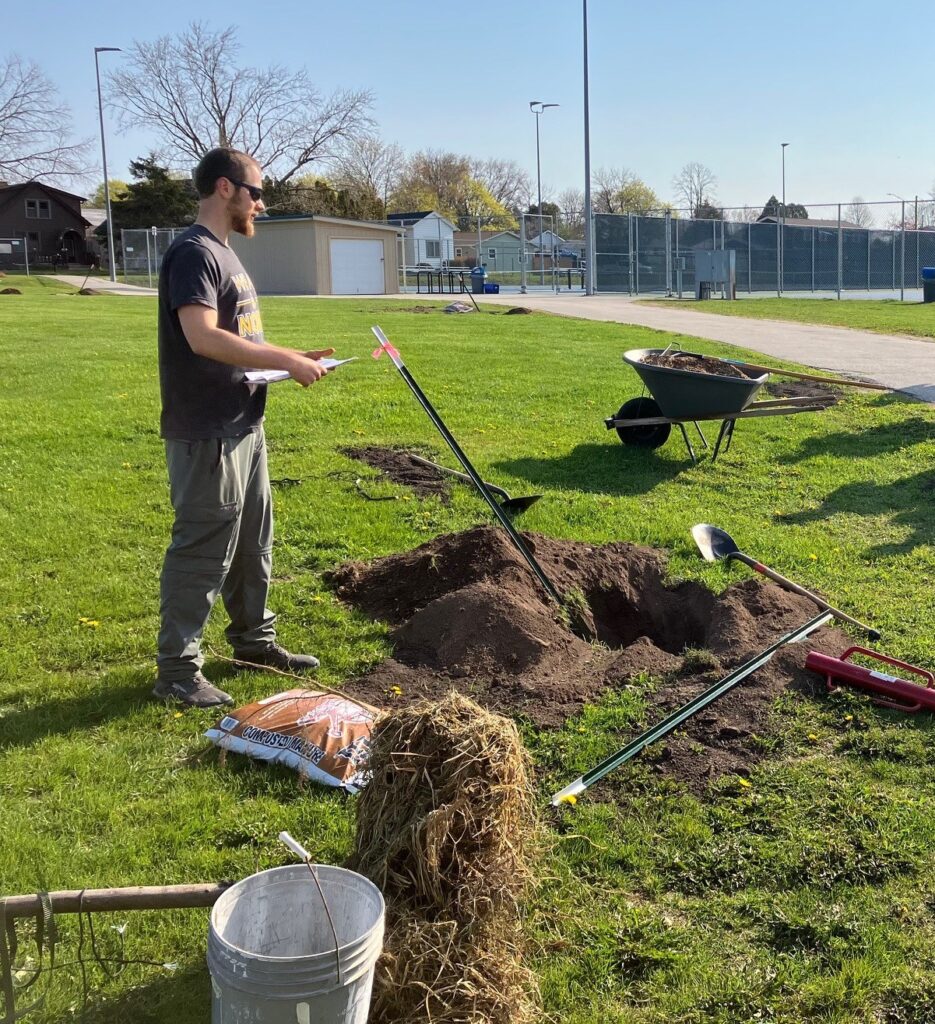
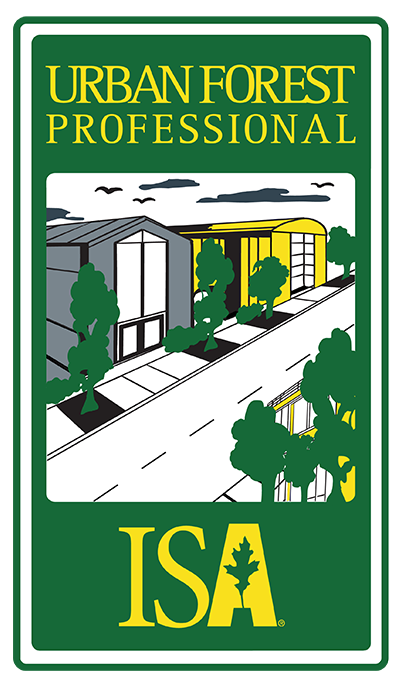 The International Society of Arboriculture (ISA) is launching a new credentialing management system and an updated pricing structure, going live on July 15, 2025.
The International Society of Arboriculture (ISA) is launching a new credentialing management system and an updated pricing structure, going live on July 15, 2025.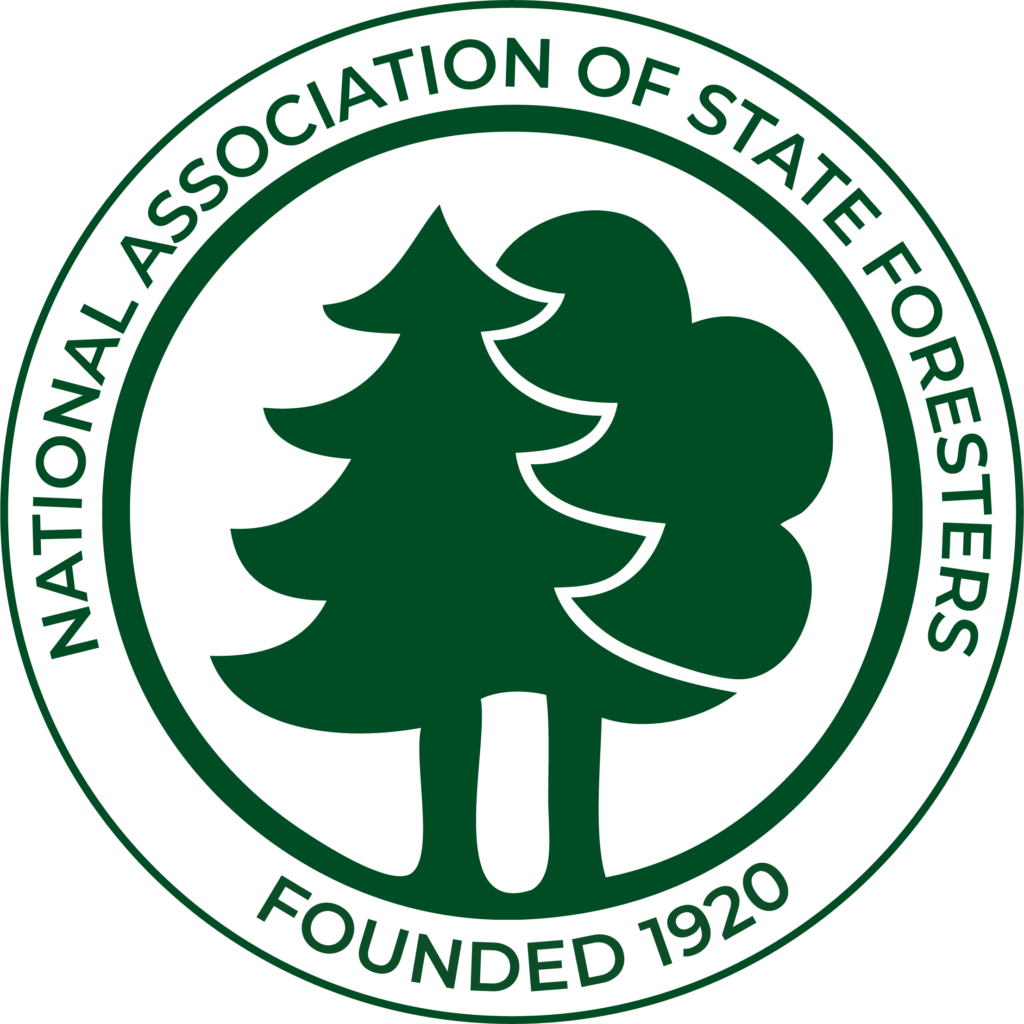 The National Association of State Foresters (NASF) is accepting nominations for its 2025 awards. Only nominations submitted on or before Friday, Aug. 1, through
The National Association of State Foresters (NASF) is accepting nominations for its 2025 awards. Only nominations submitted on or before Friday, Aug. 1, through  *These training opportunities are provided as an information service only and do not constitute an endorsement from the Wisconsin Department of Natural Resources (DNR).
*These training opportunities are provided as an information service only and do not constitute an endorsement from the Wisconsin Department of Natural Resources (DNR).